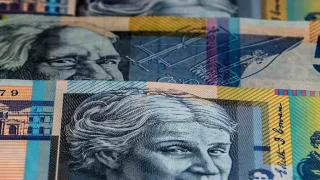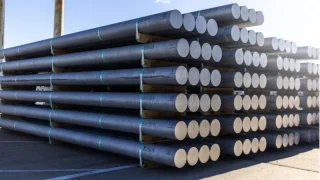
Almost without exception, the licensing power is used to restrict the number of taxis to fewer than would operate in a Jree market. As a result, taxi licences (or plates, or medallions) acquire a scarcity value-a value which-unlike, say, the value of conveniently- sited land-does not reflect the niggardliness of nature, but is entirely artificial. It is not inappropriate that Canberra, the bureaucratic capital of Australia, should follow the most restrictive taxi-licensing policy of all the capital cities, as is indicated by the fact that Canberra licences fetch the highest prices.
The near-universality of the premium attaching to taxi licences is impressive evidence in favour of the “capture” theory of regulation, which asserts that, whatever their public interest rationale, government regulatory agencies tend to become the creatures of the industries they are intended to regulate. But, in a sense, the evidence is too impressive, since many examples of regulatory behaviour do not fit the capture theory. One is therefore led to ask whether other factors may also be at work. And one does not have to look far: the governments that regulate the taxi industry usually also operate, and heavily subsidize, public transport systems.
Fewer taxis, operating within a regulatory straightjacket, means less competition for buses, trains, and trams.When one considers, further, that public transport operations are dominated by powerful unions anxious to preserve their jobs and privileges, the restrictions on the taxi industry can
be seen to be the most natural thing in the world. The one “producer” pressure-group likely to benefit from an expansion of the taxi industry, viz. non-owner drivers, has, as Dr. Swan points out, been appeased, and given a stake in the restrictive status quo, by the device of allocating new licences to non-owner drivers, on a seniority basis.
As well as restricting the number of taxis, regulation has stifled the development of innovations in taxi and taxi-like operations.










